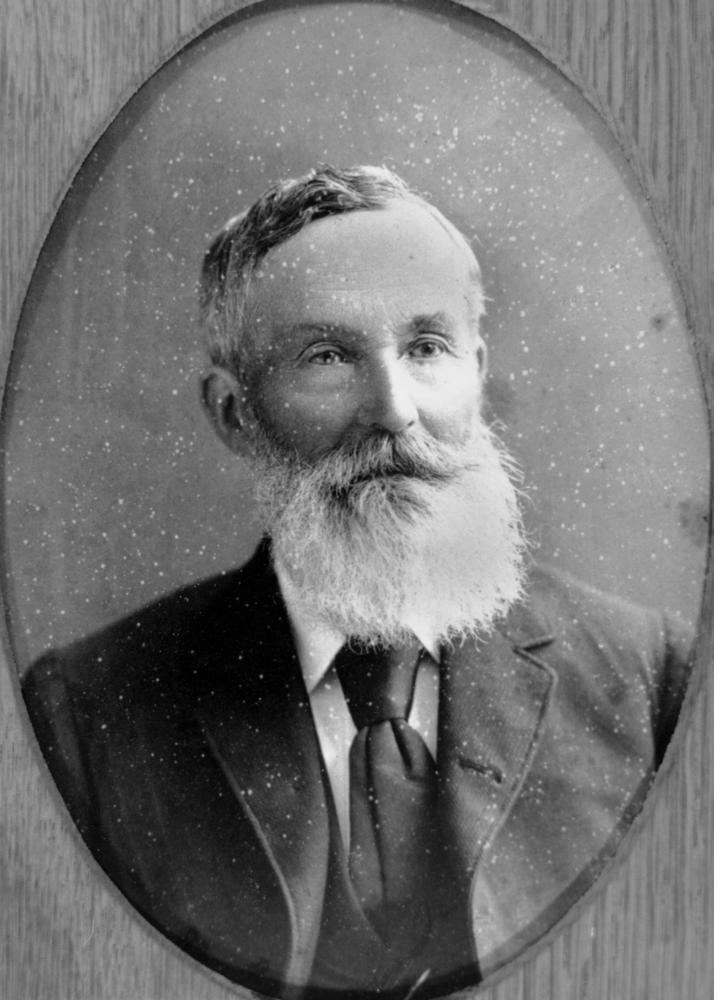Nationality English Australian Role Politician Occupation Surveyor | Awards Founder's Gold Medal Name Francis Gregory | |
 | ||
Full Name Francis Thomas Gregory Spouse(s) Marion Scott Hume (m.1865) Resting place | ||
Siblings Augustus Charles Gregory | ||
Francis Thomas "Frank" Gregory (19 October 1821 – 23 October 1888) was an English-born Australian explorer and politician.
Contents
He was the younger brother of the explorer and politician Augustus Gregory.
Biography
Gregory was born at Farnsfield, Nottinghamshire, England, although the family emigrated to Western Australia in 1829.
He entered the Western Australian public service as a cadet surveyor in 1841.
With his brother Augustus and Henry Churchman, Francis Gregory explored country north of Perth during 1846.
Gregory was appointed an assistant government surveyor in 1847 and a staff surveyor in 1849.
He led expeditions to the upper Murchison River in 1857, and to country farther east and north in 1858.
Gregory visited England in 1859, to lobby the British government for funding towards exploration of North-West Australia. Gregory believed that grazing and/or plantation agriculture, using indentured labour from Asia, might be possible in the region.
In 1860, the Government of Western Australia put Gregory in charge of a proposed expedition, to explore the interior around Nickol Bay: the southwestern part of the region known later as the Pilbara. The British government provided £2,000 towards expenses. The expedition left Fremantle on 23 April 1861 and four days later, at Champion Bay (later Geraldton), he was joined by three volunteers, making a party of nine. They completed the landing of the horses near the Harding River on 24 May, and started inland the following day. After reaching the Fortescue River, the expedition followed it for several days, before a turn to the south-west was made and the Hardey River was followed. On 25 June, having reached latitude 23° 56' south, they sought to retrace their steps and reached their landing place on the coast on 19 July. On 29 July, they commenced a second foray, north and east of the previous track. Gregory returned with his party on 17 October and the expedition returned to Perth, which it reached on 9 November 1861. Gregory reported that he had seen between two and three million acres (1.2 million hectares) of land suitable for grazing. He also drew attention to the possibility of a pearling industry being established. As a result of the expedition to Nickol Bay, Gregory was awarded the Gold Medal of the Royal Geographical Society (1863).
Gregory moved to Queensland – where his brother Augustus was already prominent as an explorer and official – in 1862. Francis Gregory was appointed a Commissioner of Crown Lands.
From 1874, he was a member of the Queensland Legislative Council, and for a short period during 1883 was Postmaster-General of Queensland.
The exploration journals and records of Augustus and Francis Gregory were published in 1884 by the Queensland government as Journals of Australian Explorations.
Gregory died at Toowoomba on 23 October 1888 and was buried in Drayton and Toowoomba Cemetery.
Legacy
His Toowoomba home, Harlaxton House, is listed on the Queensland Heritage Register.
